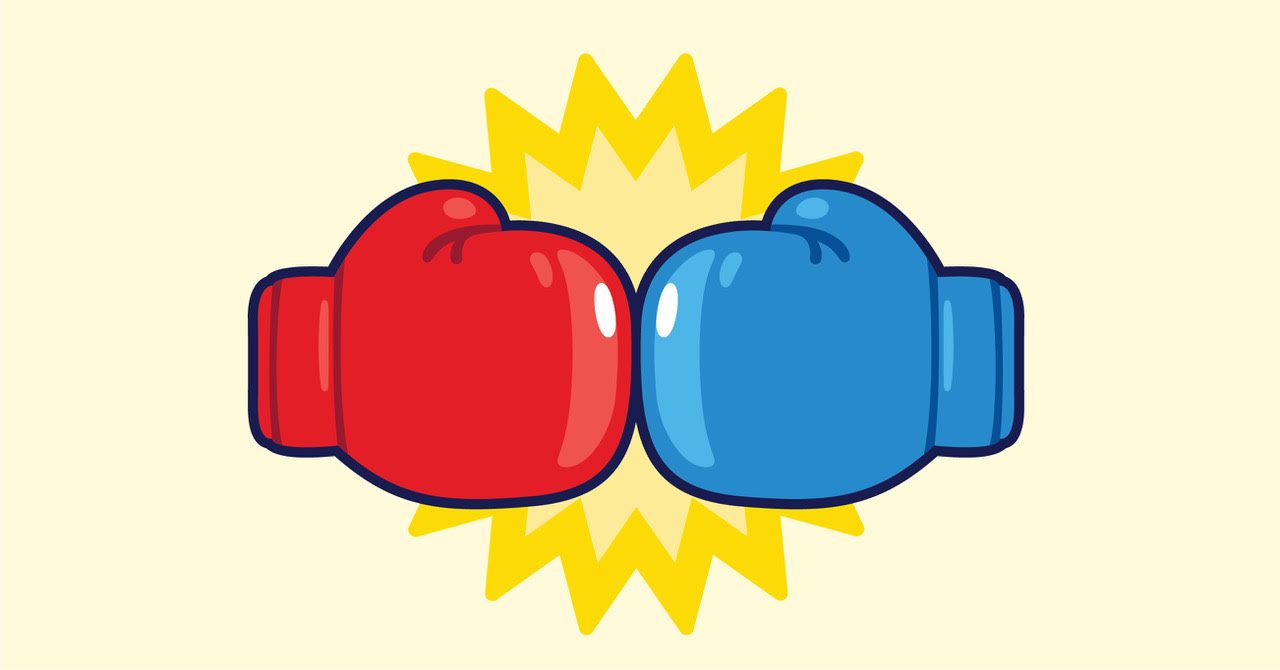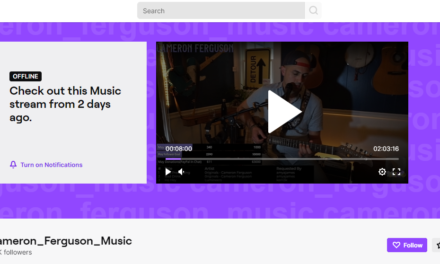With the onus on Web3 and the new dawn of co-creation, shared ownership, and collaboration, many creators are drawn to the utopia of building a community they can call their own. However, there is so much that goes into building a community beyond what you might have thought.
Focusing on building a community or concentrating on growing an audience just depends on what you want for your content business. Let me explain and share some of my experience at You Are The Media, a marketing learning community based in the UK.
A while back, Mark Schaefer published a fantastic feature, Should Content Creators Want an Audience or a Community? on The Tilt. He highlighted how a community is driven by communion, purpose, and relevance. Today, I want to build on what he shared.
Are you ready for a community?
Do you have the time, dedication, and discipline to build, nurture and drive a community? It is one of the hardest things I have ever done, but it’s slowly getting to a point where it can run itself.
So first, ask what role do you want to play in creating work that has meaning for others?
Should you build an audience or a community for your #ContentBusiness? First, ask what role you want to play, says @markiemasters #ContentEntrepreneur Share on XLet me explain.
An audience is made up of people who agree to receive information from you. If the content is good enough, more people come on board. You can monetize; you can connect; you can grow.
A community is made up of people who maintain a shared belief, whether you direct it or not. Things can happen without your direction. But you create a deeper sense of kinship as you interact with others. You can monetize; you can connect; you can grow.
Why creators build audiences
Having an audience in front of you is a privilege; it’s down to you to serve your audience well.
They are the people who sign up to receive more from you. Then, when it works, others can take notice. For instance, The New York Times wanted to grow its subscriber audience more quickly, so they recently bought sports media outlet The Athletic for $550M. (Joe and Robert Rose looked deeper into this on show 306 of This Old Marketing.)
What you create must connect with others. These are the people who congregate around a central message that resonates. For instance, my European football team is AFC Bournemouth, on the south coast of England, so I am an audience member of The Athletic (Ahmed Shooble is the content creator there who covers the league.)
Whether the content is an online course, an in-person event, or a newsletter, your audience is in the moment and committed to the content. A laser focus on building your audience based on a point of interest can help you scale.
If you can scale an audience, you can direct the conversation to the spaces where you have ownership (online and offline) and take it in the direction you want, from monetizing to actioning to building. You can achieve your end goals without needing a community.
When you scale an audience, you can direct the conversations to spaces where you have ownership online and offline, says @markiemasters. #ContentBusiness #CreatorEconomy Share on XWhy creators build communities
In 2022, we need people and place more than ever. The beauty of building a community is to give people a sense of belonging. You move beyond directing a message to an audience to constructing a network that is built and shared by others.
It feels good to be a part of something with others, but nurturing a community can demand so much from you (emotionally and mentally).
You Are The Media began in 2013, and today, it attracts people from around the world for hybrid events and learning. The audience isn’t huge (2K subscribers for the weekly email), but the sense of community is liberating. I created the project as a way to bring people together, but it is the contributions of others that make it stronger.
@markiemasters shares the benefits he's experienced by cultivating a community with his #ContentBrand @youare_themedia. #CreatorEconomy Share on XWhen I say stronger, let me explain. Strength is within the community members who stay and participate, not the audience who opted in to receive your content a year ago and now rarely engage with you or the content.
In a community, control moves away from you and is driven by those who feel a part of a family or some sort of shared connection. Now, that doesn’t mean you don’t have to do the work. It’s just the opposite.
You have to invest time to be of the community, to get to know others, to be the bridge for people, and to carry the torch for the shared mission you are all reaching for. It can sap so much energy from you, but when it works, you see a return for your efforts.
Here’s how the community has evolved at my content business. They:
- Work together. They know each other, so it feels easier to reach out. This could be being guests on podcasts to paid project work where their skillsets complement each other.
- Show forgiveness. At the last event of 2021, we had the power go out in the theater 30 minutes before the show, and everyone had to evacuate the building. No one went home or asked for money back. We found a pub and delivered the show there.
- Step up and lead. In 2020, we started an online community learning event. Matt King hosts and delivers this panel format. He started as a subscriber in November 2019 and now leads a community event.
- Provide feedback and perspective. On occasion, they’re asked for input on my future projects. I intentionally don’t just forge ahead with an idea. Reaching out and asking them reduces future risk because the people who are the intended beneficiaries have been consulted.
- Co-create. Our Thursday newsletter always starts with a community member introducing themselves and providing helpful recommendations on what to read, watch, or listen to. People like to feel a part of something, and if that means they are at the top of the newsletter, it feels easier to participate.
Who wins the audience vs. community rumble?
You get to determine the winner in the audience vs. community battle. It comes down to what you want for you and your business.
An audience is driven by the flow of information from one source to another, whereas a community is driven by the current of unity and kinship around a topic or interest. In the end, both options can build your business and make money to grow it. It just depends on the time and amount of yourself that you give to others and the spaces you build.
People are at the center of both an audience strategy and a community one. The difference is how deep you want to go with those who choose to connect with you or your content, says @markiemasters. #CreatorEconomy Share on XPeople are at the center of both the audience and the community views; the only difference is how deep you want to go with those who choose to connect with you and your content.
A community-driven business is only one aspect of Web3. To expand your knowledge and skills on the subject, enroll in The Tilt’s Web3 course.
About the author
Mark lives at the seaside, in Poole, England. Since 2013 Mark has demonstrated with You Are The Media (YATM), how people and businesses can build their own loyal audience and stand for something. He proved it by building the YATM community from zero!
Today, YATM is an international supportive marketing learning community. It consists of online and offline events, hybrid occasions, conferences, training and the weekly newsletter sent every Thursday at 6.30 a.m. (GMT). Come andjoin in here.Be a part of theYATM Creator Dayon 27th April 2023.




![How Surprising Your Audience Can Drive Engagement and Boost Growth [Examples]](https://www.thetilt.com/wp-content/uploads/2024/09/audience-suprise-440x264.jpg)





